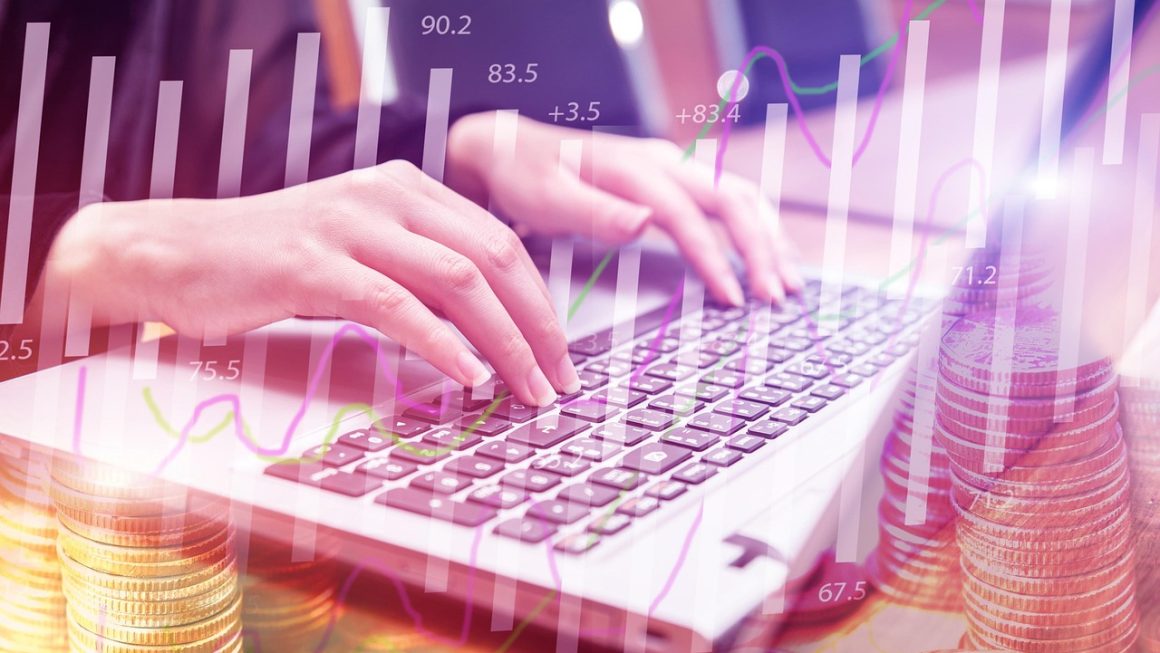Inflationary Pressures: Understanding the Rising Cost of Living
Inflation is an economic phenomenon characterized by a sustained increase in the general price level of goods and services. It erodes purchasing power, leading to a higher cost of living for consumers. In this blog post, we delve into the key aspects of inflation, exploring its causes, consequences, and implications.
Causes of Inflation
Demand-Pull Inflation
- Occurs when there is an increase in aggregate demand, typically driven by consumer spending, government spending, or increased investment.
- As demand exceeds supply, businesses can raise prices without losing customers.
Cost-Push Inflation
- Occurs when the costs of production rise, such as raw materials, labor, or transportation.
- Businesses pass these increased costs onto consumers through higher prices.
Consequences of Inflation
Eroding Purchasing Power
- As prices rise, the value of money decreases, reducing the amount of goods and services that consumers can purchase.
Reduced Economic Growth
- High inflation can lead to uncertainty and volatility in the economy, discouraging investment and job creation.
Social Inequality
- Inflation often disproportionately affects low-income households, who spend a larger proportion of their income on necessities.
Types of Inflation
Creeping Inflation
- A mild and gradual increase in prices, typically below 5% per year.
Galloping Inflation
- A rapid and sustained increase in prices, typically above 10% per year.
Hyperinflation
- An extreme form of inflation where prices increase by 50% or more per month.
Measuring Inflation
Consumer Price Index (CPI)
- A widely used measure of inflation that tracks the average change in prices of a basket of goods and services purchased by households.
Producer Price Index (PPI)
- An inflation measure that tracks the change in prices of goods and services sold by producers, excluding retail markup.
Implications and Takeaways
Managing Inflation
- Monetary policy, such as interest rate adjustments, can be used to curb inflation.
- Fiscal policy, such as government spending and taxation, can also influence inflation.
Consumer Awareness
- Understanding inflation helps consumers make informed spending decisions and plan for future expenses.
- Shopping around for lower prices and using coupons can help offset the impact of inflation.
Investing Considerations
- Inflation can erode the value of investments over time.
- Consider investing in assets that hedge against inflation, such as real estate or TIPS (Treasury Inflation-Protected Securities).
Conclusion
Inflation is a complex economic phenomenon with significant implications for consumers and businesses. Understanding its causes, consequences, and measurement techniques is crucial for navigating the complexities of the modern economy. By being informed and implementing practical strategies, we can mitigate the challenges posed by inflation and ensure long-term financial stability.



